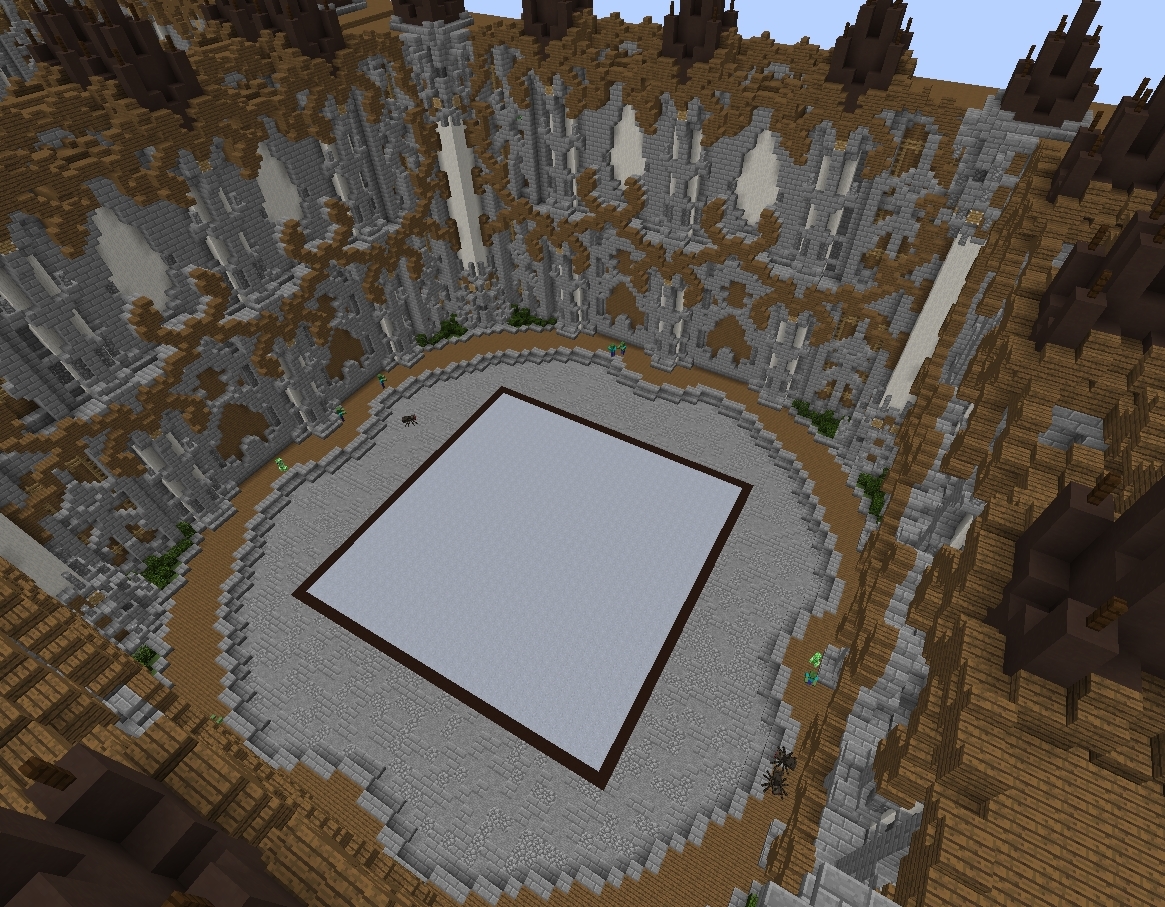

The evaluation was conducted with deafblind, non-deafblind and non-disabled subjects in controlled lab environment.

Comprehensive evaluation of the App was conducted to prove the validity of the model and the aptness of the smart devices for assisting disabled person in natural settings. The model is validated through an App SmartPrayerAid aimed to assist deafblind Muslim in offering Islamic worship Namaz in congregational setting. By exploiting the advanced sensing technologies in Smartphone, an assistive prayer model is developed which is aimed at assisting deafblind person in semi-isolated natural settings, in a cost-effective manner which emphasizes on utilization of alternative sensory channels of a human. Religious worships are important part of human life. Feature-rich handheld and wearable smart devices could be the cost-effective substitute for assisting in ADL in natural settings for disabled and elderly person. Interaction can be effectively possible with this population group using alternative tactile sensory channel and vibro-tactile stimuli could be a great alternative for communication in natural settings to accommodate their needs. Person with dual sensory loss face problem in interaction with smart devices.

The interaction generally depends on two or more sensory channels simultaneously, which is a big concern for persons with impaired vision and hearing. Despite greater sophistication, disabled and elderly person still face difficulties in interaction with smart devices. Sophistication in interaction modalities with self-customization based on context makes interaction easier in natural settings. Human behavior inference through smart pervasive technologies is a new research avenue. Even though, the reading accuracy depends on the time duration between the characters (character gap) an average Character Transfer Rate of 0.4375 characters per second can be achieved with a character gap of 1000 ms. The adaptability, usability and efficiency of reading was tested on a sample of blind users which reflected progressive results. Three mobile applications were developed for training the visually impaired and to integrate existing smart mobile applications such as navigation and short message service (SMS) with the device BrailleBand. It consists of six nodes in three bands worn on the arm to map the braille alphabet, which are actuated to give the sense of touch corresponding to the characters.
Alternitaes to skillclient Bluetooth#
Connectivity between the BrailleBand and the smart device (phone) is established using Bluetooth protocol. The "BrailleBand" enables passive reading using the Braille language. Both these solutions face usability issues, thus this study focused on developing a user friendly wearable solution called the "BrailleBand" with haptic technology while preserving affordability. Assistive technologies such as text-to-speech and braille displays are the most commonly used means of connecting such visually impaired people with mobile phones and other smart devices. Visually impaired people are neglected from many modern communication and interaction procedures. The results largely vindicated the overall design approach. The quality of the stimulus delivery method for purposes of tactile communication was assessed through an experiment where volunteers identified the numerosity of tactile items presented simultaneously. While no significant user study could be conducted within the scope of this thesis, the system gave encouraging signs of effectiveness. It is based on an array of twenty four bespoke actuators that stimulate the inner side of the left hand of the person receiving the symbols. The overarching aims of the design was to minimise its learning curve while promoting simplicity and ease of manufacturing. This thesis described the development of a communication device that produces the symbols used by people who are Deafblind and use one of the tactile Fingerspelling techniques. A second family of techniques uses Fingerspelling where the symbols of an alphabet are transmitted tactually through taps and sliding movements on one hand of the receiving person. Instead of being watched, signs are produced by touching and moving the hands of the persons receiving the signs. A first family touch-based communication techniques is related to signing. Without the possibility of listening and reading, people who are Deafblind must use touch to communicate. Deafblindness combines impairments of vision and hearing which severely limits communication options.


 0 kommentar(er)
0 kommentar(er)
